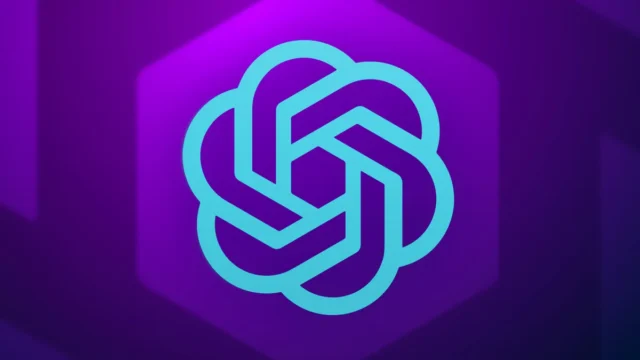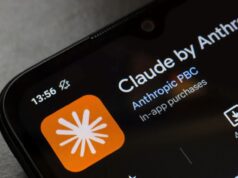
OpenAI has introduced a new version of its ChatGPT model, GPT-4o, tailored specifically for academic institutions. This release marks a significant advancement in the integration of AI into the educational sector, promising to enhance learning experiences for both students and educators.
Key Features of GPT-4o for Universities
The GPT-4o model is designed to support a range of academic activities, from personalized tutoring to advanced research assistance. This model builds on the capabilities of its predecessor, GPT-4, offering faster processing, improved accuracy, and the ability to understand and respond to text, voice, and visual inputs seamlessly.
Enhanced Learning Support
One of the standout features of GPT-4o is its ability to provide real-time, personalized tutoring. According to Gašper Beguš, Director of the Speech and Computation Lab at the University of California, Berkeley, this technology allows students to delve deeper into subjects they find challenging, offering explanations and answering questions just like a human tutor. This can significantly reduce the need for one-on-one tutoring sessions, addressing the Bloom’s 2 Sigma Problem, which highlights the performance gap between students receiving personalized instruction versus those in a traditional classroom setting.
Balancing Benefits and Concerns
While the potential benefits of GPT-4o are substantial, there are also important considerations regarding its use. Darren Person, Chief Digital Officer at Cengage Group, emphasizes the need to use AI tools to augment rather than replace traditional teaching methods. He cautions that early adoption of such technologies should be approached carefully to ensure the safety and privacy of students and faculty.
Voice and Visual Interaction Capabilities
The new model includes advanced voice interaction capabilities, previously available only on mobile platforms. Users can now engage in conversations with ChatGPT using voice commands, enhancing the natural interaction between the AI and users. This feature aims to make interactions more intuitive and less dependent on text-based input, which can be particularly useful in various educational settings.
Broader Accessibility
OpenAI has also made strides in making GPT-4o accessible to a wider audience. The company announced that the new model will be available to all users, including those on the free tier, removing a significant barrier to access advanced AI tools. This move is expected to democratize AI usage in education, ensuring that students and educators from diverse backgrounds can benefit from the technology.
Administrative and Security Features
For universities, GPT-4o offers robust security and administrative controls. The ChatGPT Edu plan includes features such as data privacy and security measures tailored for academic environments. These controls ensure that the use of AI tools complies with institutional policies and protects sensitive information.
Community and Expert Reactions
The introduction of GPT-4o has been met with a mix of excitement and caution within the academic community. Experts like Ethan Mollick, an associate professor at the Wharton School, highlight the potential for this technology to level the playing field in education by providing equitable access to high-quality AI tools.
However, the implementation of such technologies must be monitored closely. As Terumi Miyazoe from Tokyo University of Science points out, the human element in education remains irreplaceable. While AI can support learning, it is the inspiration and guidance from human educators that truly drive student engagement and success.
The debut of GPT-4o by OpenAI represents a significant step forward in the integration of AI into educational systems. By providing advanced, accessible tools tailored for academic use, OpenAI aims to enhance the learning experience and support educators in delivering personalized instruction. As with any technological advancement, it is crucial to balance the benefits with careful consideration of potential risks and ethical implications.










